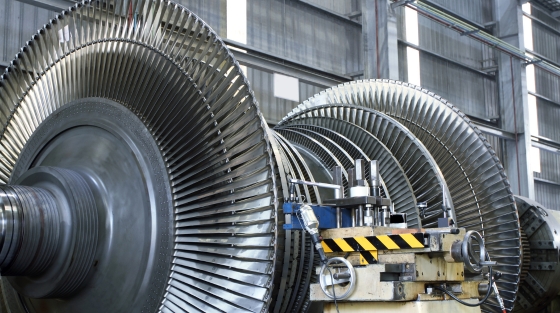
Turbine Blade Machining is a precise and intricate manufacturing process that plays a crucial role in the production of high-performance turbines used in various industries, including aerospace, power generation, and automotive. Machining these blades requires advanced techniques, state-of-the-art equipment, and skilled craftsmanship to ensure the highest quality and efficiency. This process involves shaping, finishing, and optimizing the blades’ intricate geometries, enabling them to withstand extreme temperatures, pressures, and rotational speeds. As turbine technology continues to advance, the demand for precise turbine blade machining techniques becomes increasingly paramount in meeting the world’s energy needs and driving innovation forward.
In this blog post, we will take a comprehensive look into the intricate process of turbine blade machining and understand the complexities of turbine blade machining.
The Significance of Turbine Blades
Turbine blades play a vital role in the operation of gas turbines and jet engines. These precision-engineered components are responsible for extracting energy from the working fluid, whether it’s combusted gases or high-velocity air. Turbine blades are subjected to extreme conditions, including high temperatures, pressures, and rotational forces, making their design and manufacturing process critical for performance and reliability.
Turbine Blade Machining Process
Turbine blade machining involves several intricate steps to achieve the desired shape, tolerances, and surface finish. Let’s delve into the process:
1. CAD/CAM Design
The process starts with computer-aided design (CAD) and computer-aided manufacturing (CAM) software. Engineers create a 3D model of the turbine blade, incorporating precise geometries, aerodynamics, and material considerations. The CAD model serves as a blueprint for subsequent machining operations.
2. Material Selection
High-performance materials are crucial for turbine blades, given the harsh operating conditions they endure. Nickel-based superalloys, such as Inconel and Rene, are commonly used due to their exceptional strength, corrosion resistance, and high-temperature capabilities. Material selection is crucial to ensure the blade’s integrity and performance.
3. Rough Machining
The rough machining process begins with the removal of excess material from the blade’s initial shape. This is typically achieved using advanced CNC machining techniques such as milling or turning. Rough machining establishes the basic shape and removes any excess material, allowing for subsequent finishing operations.
4. Airfoil Profiling
Airfoil profiling involves precision machining of the blade’s aerodynamic profile. This process requires high-precision CNC machining, including 5-axis or even 9-axis simultaneous machining to achieve intricate blade geometries and tight tolerances. The goal is to create the desired airfoil shape, including the camber, twist, and chord length, to optimize aerodynamic performance.
5. Cooling Holes Drilling
Turbine blades often feature intricate internal cooling systems to maintain temperature stability. These cooling holes are drilled or machined into the blade to allow for the passage of cooling air. Specialized drilling techniques, such as laser drilling or EDM (Electrical Discharge Machining), are utilized to achieve precise hole placement and diameters
6. Finishing Operations
Once the rough machining and airfoil profiling are complete, the turbine blades undergo various finishing operations. This includes precision grinding, polishing, and surface treatments to achieve the required surface finish and remove any machining marks. Finishing operations are critical to reduce aerodynamic losses and improve the blade’s overall efficiency.
7. Quality Control
Throughout the machining process, rigorous quality control measures are implemented to ensure the turbine blades meet the highest standards. Advanced inspection techniques, such as coordinate measuring machines (CMM), non-destructive testing (NDT), and visual inspections, are employed to verify dimensional accuracy, surface quality, and structural integrity.
Karkhana.io: Your Partner for Turbine Blade Manufacturing
At Karkhana.io, we specialize in providing flexible and scalable manufacturing solutions for turbine blade manufacturing. With our extensive network of certified suppliers and expertise in advanced manufacturing processes, we deliver high-quality turbine blades that meet the stringent requirements.
Are you looking to optimize your turbine blade manufacturing process? Partner with Karkhana.io to benefit from our comprehensive manufacturing capabilities and expertise.
Fill out the form below to connect with our team of experts at Karkhana.io.









